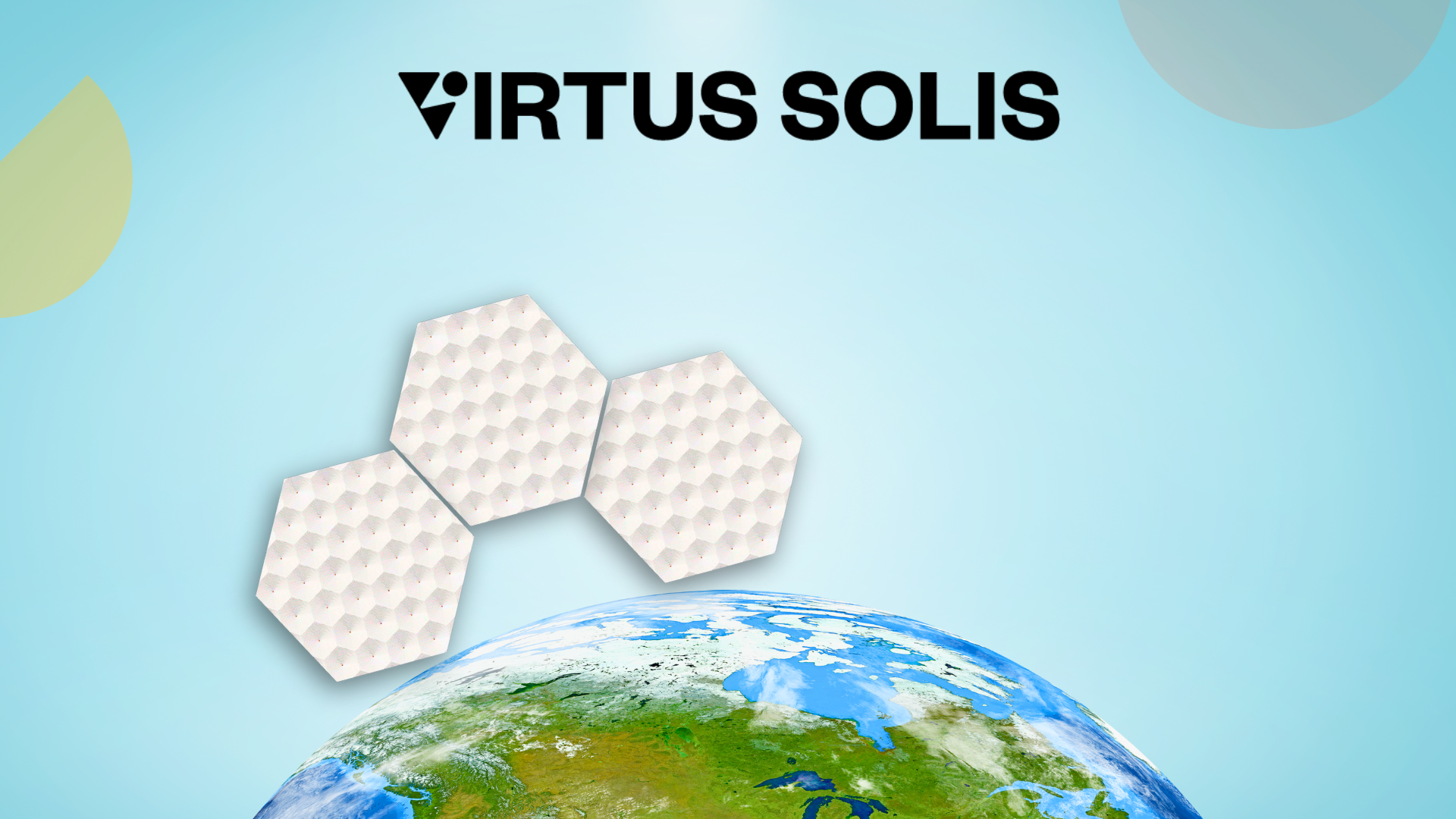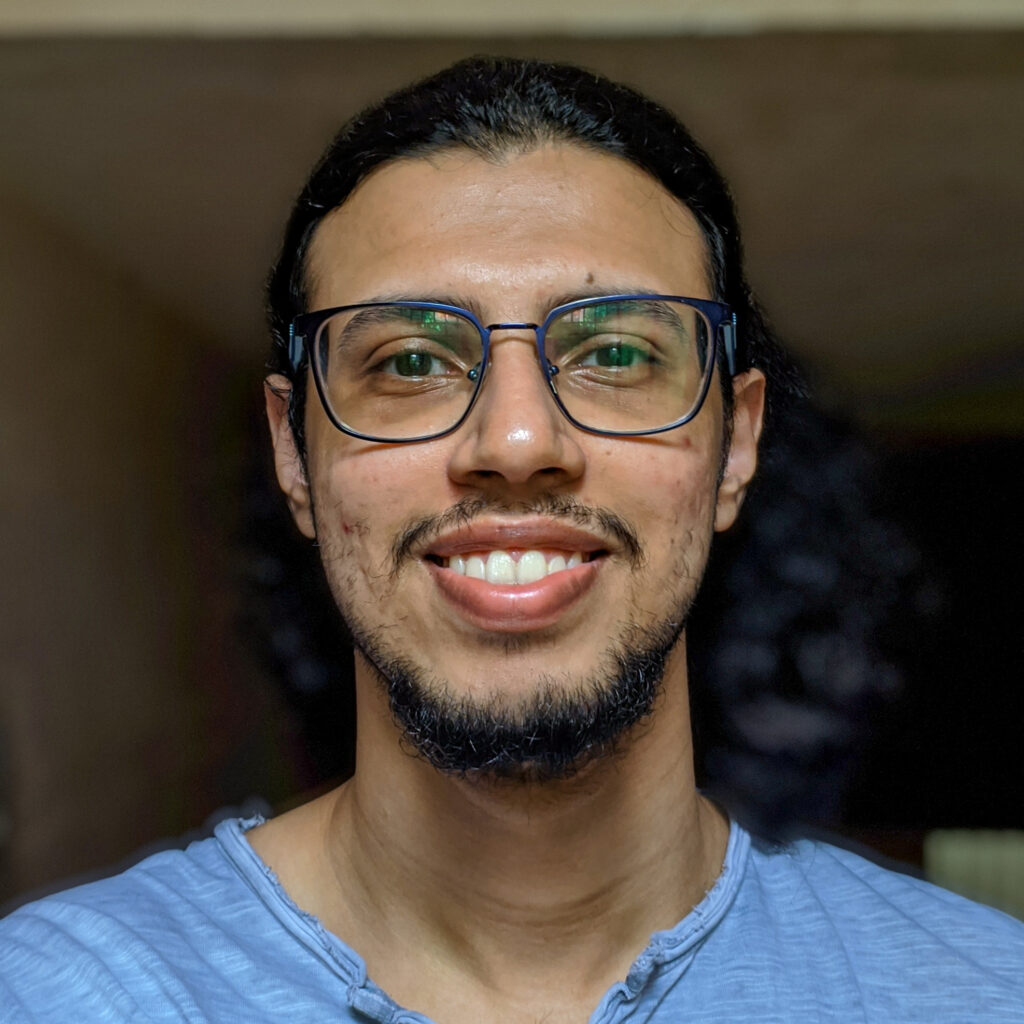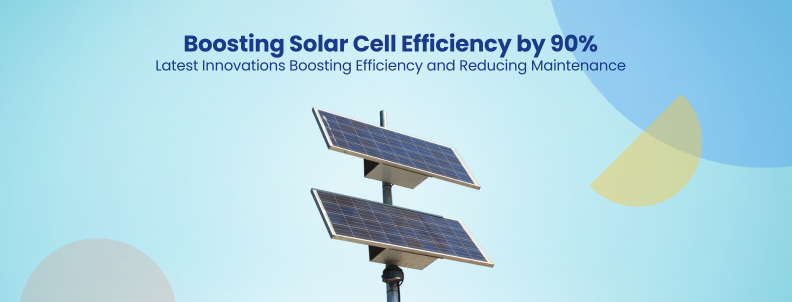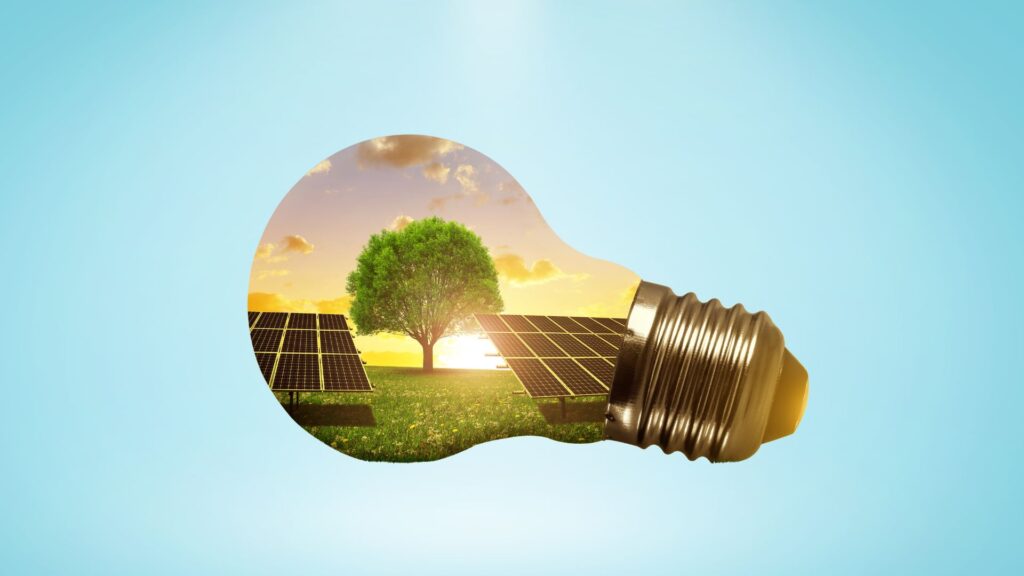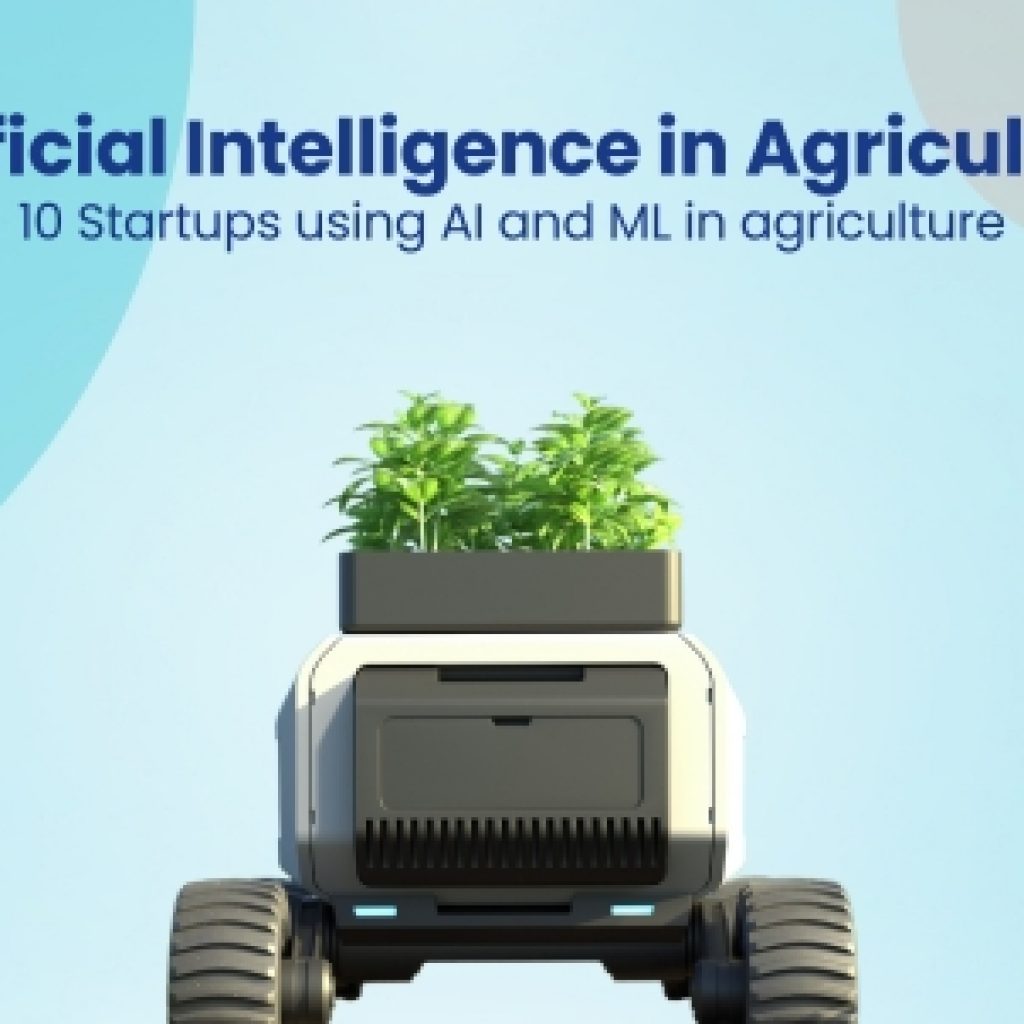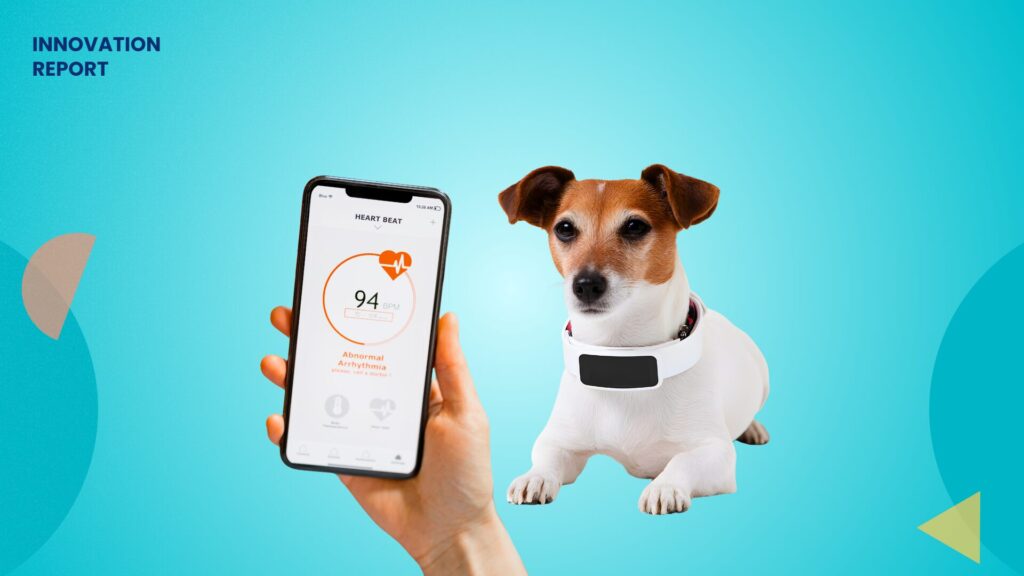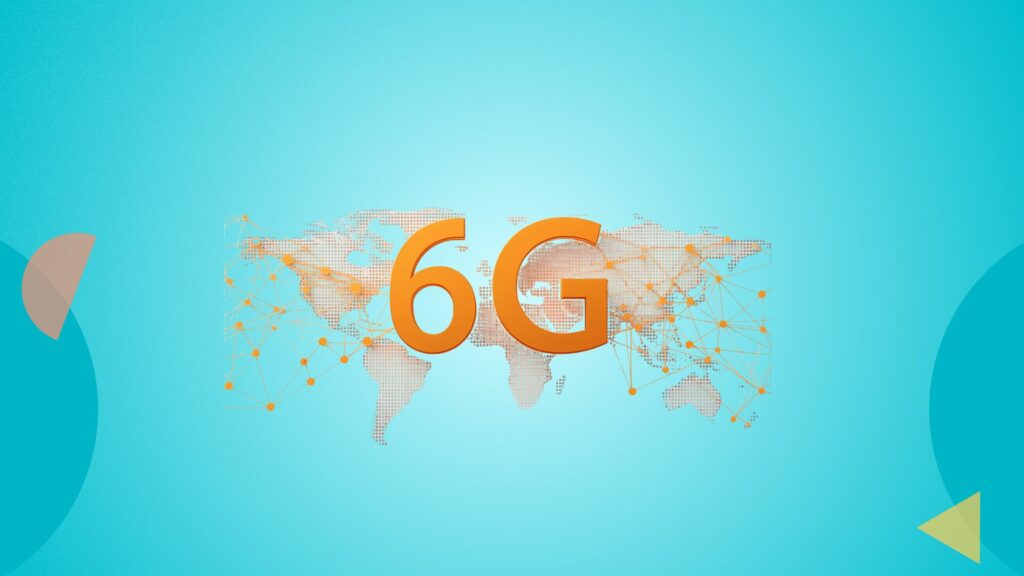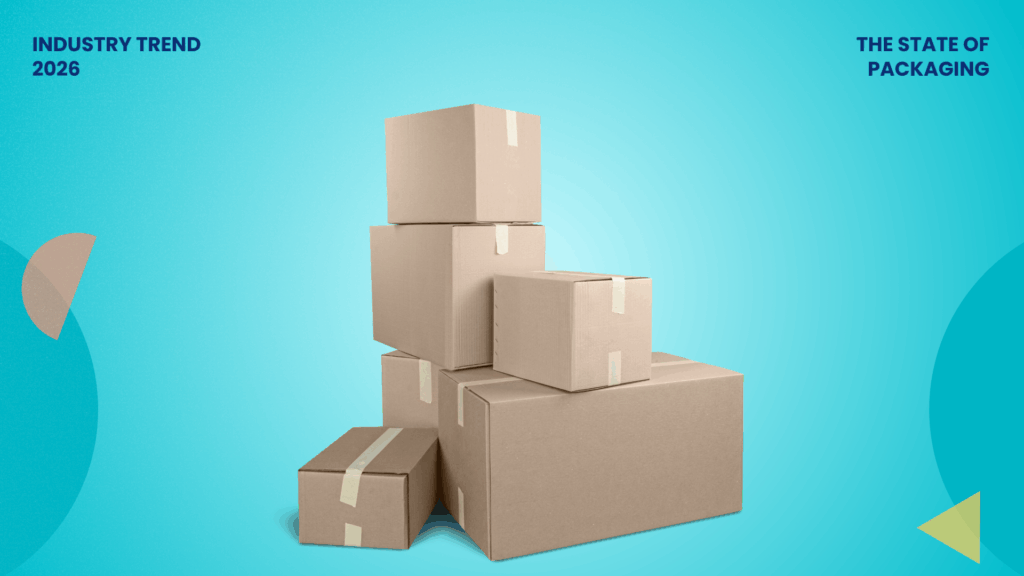Traditional renewable energies, such as solar and wind, are often unreliable. Solar heavily depends on daylight, and wind speeds can be inconsistent. This creates massive issues for storage and backup generation. In many regions, seasonal changes render solar systems almost useless for months at a time. At the same time, the infrastructure required to transmit power across vast geographical areas, such as high-voltage lines, comes with enormous costs, land disputes, and time delays.
A startup named Virtus Solis is solving this with an idea that once seemed impossible. They collect solar energy from outer space and wirelessly transmit it to Earth! This allows energy to be sent anywhere, anytime, day or night, regardless of weather or season. Their endgame is global, utility-scale wireless energy, delivered at the lowest possible cost.
To better understand how their technology works, we spoke to Dr. Edward Tate, Co-Founder & CTO of Virtus Solis. This article contains notable highlights from our entire conversation.
This interview is part of our exclusive Scouted By GreyB series. Here, we speak with the founders of innovative startups to understand how their solutions address critical industry challenges and help ensure compliance with industry and government regulations. (Know more about startups scouted by GreyB!)
“Everything we need to make this work already exists in your cell phone. It’s just a matter of scaling it up and putting it in space.”
– Dr. Edward Tate
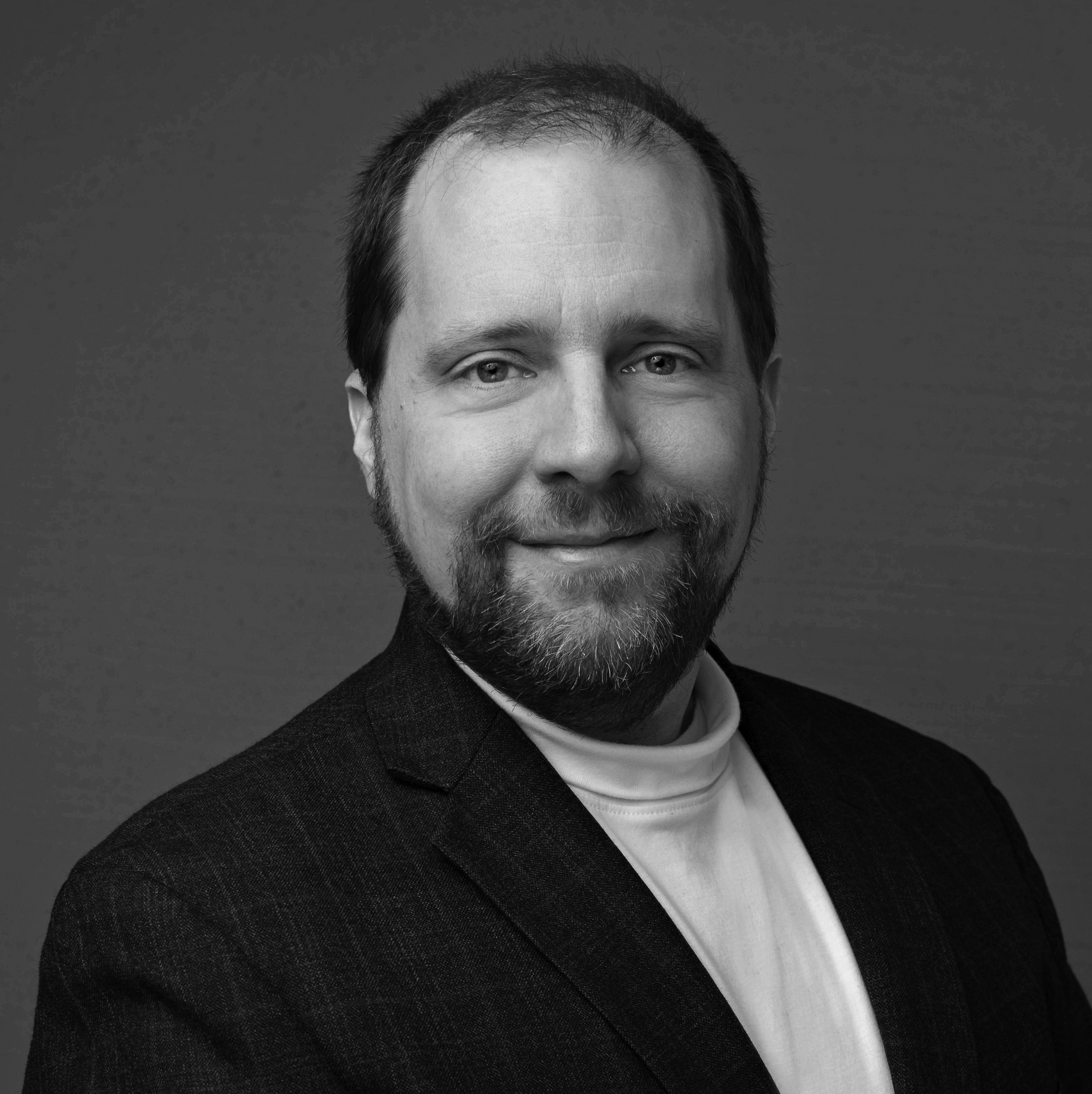
Dr. Edward Tate is the co-founder and CTO of Virtus Solis. Tate began his career developing GM’s EV1, the first commercial electric vehicle, giving him early exposure to power systems and clean energy innovation. He went on to lead advanced simulation efforts at Exa and Dassault Systèmes, replacing costly physical testing with digital modeling in automotive and aerospace applications. At Virtus Solis, Tate applies his experience to orbital energy systems, using mass manufacturing principles and precision engineering to bring down costs and scale solar power delivery from space to Earth.
A trillion-dollar energy solution, finally within reach!
Virtus Solis is building the infrastructure to collect solar power in space and beam it wirelessly to Earth. With reusable rockets lowering the cost of launch and advances in power beaming technology, the startup aims to provide high-efficiency, on-demand energy anywhere on the planet. Their goal is to deliver utility-scale clean energy at costs lower than traditional grids, without relying on transmission lines or batteries. Founded by former SpaceX and automotive engineers, Virtus Solis is targeting industrial users who need reliable power over long time horizons, starting with a 1-kilowatt demonstration mission planned for 2027.
What problem are you trying to solve, and why now?
Dr. Edward: Energy is the basis of prosperity. Everything we take for granted, such as clean water, buildings, and digital devices, is powered by energy. But current systems are either polluting or limited by transmission infrastructure. Renewables like solar and wind are great, but they’re intermittent and location-bound. Our goal is to deliver massive amounts of clean energy, on demand, without needing to build new grid infrastructure. What’s changed is launch costs. With SpaceX and reusable rockets, the economics of putting hardware in orbit are now realistic. That makes a 100-year-old idea—beaming energy from space—practical today.
How does your technology work?
Dr. Edward: At its core, we’re using radio frequency (RF) beams, just like your phone or radar does, to transmit energy wirelessly. The difference is how we structure the system. Think of it like a laser pointer: it sends light very efficiently over long distances. We’re doing the same, but with RF. We’ve already built working hardware that transmitted 100 watts across a football field, and we’re scaling that up. We’ve also developed high-efficiency receivers, called rectennas, that convert RF energy back into usable electricity, more efficiently than solar panels in some cases. The physics is proven; we’re now focused on engineering and scaling.
Most people assume wireless power isn’t efficient, especially over long distances. How do you address that?
Dr. Edward: That’s the number one skepticism we face. People think of weak radio signals or inefficient wireless chargers. But those systems aren’t designed for power. They’re designed for data or convenience. We’re using coherent beamforming, which lets us focus energy very precisely, like a laser. This method minimizes loss. Our receivers are about four times as efficient as solar panels at converting RF to DC. With this setup, we’ve already demonstrated efficient energy transfer across long distances. We’re now refining that technology with support from the Department of Energy to improve transmitter efficiency even further.
How do you plan to deploy and assemble such large-scale infrastructure in orbit?
Dr. Edward: We’re simplifying deployment by using a modular tile system, like tiling a bathroom floor. These tiles are electronically coordinated, so they don’t need mechanical connectors for power or data. That drastically reduces the complexity. We’re partnering with companies that specialize in orbital robotics and leveraging trends in the in-space assembly sector. The increase in robotic arms in orbit and initiatives like COSMIC are making large-scale orbital construction increasingly viable. We’re building our system from the ground up to align with these capabilities.
What markets are you targeting first?
Dr. Edward: We’re going after customers who need reliable, large-scale energy: data centers, desalination plants, mining operations, and industrial campuses. These customers value long-term cost stability and independence from fragile grid infrastructure. We already have four customers we’re working with through letters of intent or serious discussions. Our system starts at 100 megawatts and scales from there. Over time, we’ll integrate with utility grids, but the initial focus is on industrial customers who can benefit right away.
What are the biggest challenges ahead, technical or otherwise?
Dr. Edward: The technology is complex, but solvable. We’ve already proven power transmission on Earth and are building the space systems now. The real challenge is bridging the capital gap. Clean tech is tough. Building at scale takes time and money, and financing that journey is the hardest part. We’re working to be extremely capital efficient. We believe we’ve come up with the lowest-cost space solar architecture to date. That’s what gives us confidence that this can be built and financed in a realistic timeframe.
What’s your long-term vision? Will this ever become modular or accessible to individual consumers?
Dr. Edward: That’s the dream! Eventually offering modular, wireless energy that powers not just factories, but homes and mobile applications. But we need to do this in stages. Right now, we’re focused on large-scale customers and proving the tech at the kilowatt scale. Over time, as the technology matures and people grow comfortable with wireless power, we could see it powering drones, robotics, disaster relief zones, and even individual buildings. But safety, regulation, and public perception are things we have to earn trust in first.
How are you protecting this technology?
Dr. Edward: We’re following a hybrid strategy. Our patents cover the ground-based receivers and beam control systems, especially beam steering and forming. For the space hardware, we’re relying on trade secrets. Nobody can inspect our orbital systems easily, and that’s similar to how companies like SpaceX handle IP. We’re also using unique orbital configurations that let us deliver power globally with just three satellites in highly elliptical orbits. That gives us a strategic advantage as well.
Have you ever doubted whether this would work?
Dr. Edward: At first, yes. When John, our cofounder from SpaceX, pitched the idea, I thought it was crazy. It took me two years to convince myself this could work. But once I realized that all the key parts already exist—in your phone, in radar systems, in satellites—and that the physics were solved back in the 1960s, it just became an engineering challenge. And engineering challenges are what we live for. The future is here. It’s just not evenly distributed yet.
Meet our Interviewer – Shabaz Khan, Marketing Manager at GreyB
Shabaz Khan, Marketing Manager
Want to find other scalable startups working on energy synthesis and storage? Please fill out the form below to contact our experts.
Get in touch
Please share your query below

